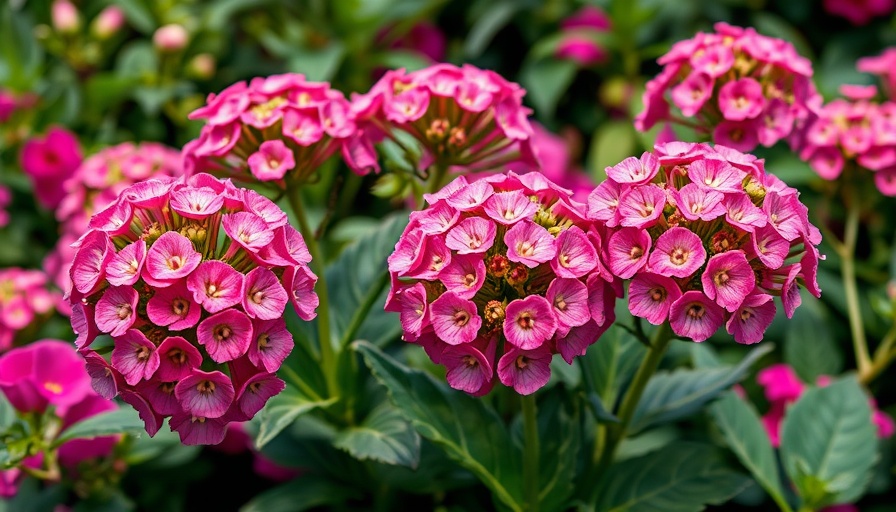
Discover the Beauty of Sweet William Flowers
Among the most vibrant additions to any garden, sweet william flowers (Dianthus barbatus) enchant with their unique beauty and charming fragrance. This biennial or short-lived perennial is popular for its colorful blooms—ranging from pure white to rich shades of burgundy, maroon, mauve, pink, and purple. These flowers form dense clusters atop sturdy stems and emanate a delightful scent reminiscent of cloves, although many modern hybrids have shifted from this aromatic quality.
Gardening Tips for Growing Sweet Williams
Planting sweet william flowers is a straightforward process, making them an excellent choice for both novice and experienced gardeners. They thrive in USDA Zones 3-11 and prefer full to partial sun exposure. Ensure that the soil is organically rich and well-draining, with a pH level ranging from slightly acidic to slightly alkaline (6.0 to 7.5).
When planting, space your sweet williams 6-12 inches apart, typically at a planting depth of 1/8 inch for seeds or with the crown at soil level for transplants. Water them moderately, as they prefer adequate moisture without becoming waterlogged. These small steps can lead to a bountiful flowering display from late spring into early summer.
Exploring Cultivars and Varieties
Delving deeper into the world of sweet williams reveals numerous cultivars and hybrids available in various colors and sizes. Some of the more popular varieties include the traditional European sweet william (D. barbatus var. barbatus) and the Asian variant (D. barbatus var. asiaticus). Each offers a unique charm and varying characteristics that can enhance your garden's aesthetic.
Maintenance and Care for Long-lasting Blooms
To keep your sweet williams healthy and blooming beautifully, regular maintenance is essential. Deadheading spent blooms encourages new growth and prolongs the flowering season. Additionally, ensure good air circulation around the plants to reduce the risk of disease.
While sweet williams are generally pest-resistant, be mindful of common garden pests like aphids and spider mites. Employ organic pest control methods, such as introducing beneficial insects or using insecticidal soap, to effectively manage any infestations.
Incorporating Sweet Williams into Your Garden Design
Sweet williams not only add color but also bring a delightful fragrance to your garden space—making them ideal for flower borders, cottage gardens, or mixed perennial beds. You can also pair them with other flowering plants or foliage to create visually stunning arrangements.
Consider planting them alongside contrasting hues or intertwining them with herbs, which can enhance both the aesthetic appeal and functionality of your garden. The flowers' rich colors and upright growth habit make them a striking addition to any landscape design.
Inspiration from Local Gardening Communities
Joining local gardening clubs or online forums can provide you with valuable insights on growing sweet williams tailored to your specific climate and soil conditions. These communities often share personal experiences, tips, and even local varieties that thrive in your area—allowing you to develop a deeper connection with fellow gardeners and the plants you cultivate.
Conclusion: Embrace the Charm of Sweet William Flowers
Sweet williams are not only remarkable for their eye-catching blooms but also offer numerous benefits to any garden environment. By investing time into growing these lovely flowers, you enrich your outdoor space while enjoying a rewarding gardening experience. Whether you're a seasoned gardener or just starting, the sweet william is an excellent addition to your floral repertoire. Consider adding them to your flower garden today and watch your landscape flourish with color and fragrance.
 Add Row
Add Row  Add
Add 




Write A Comment